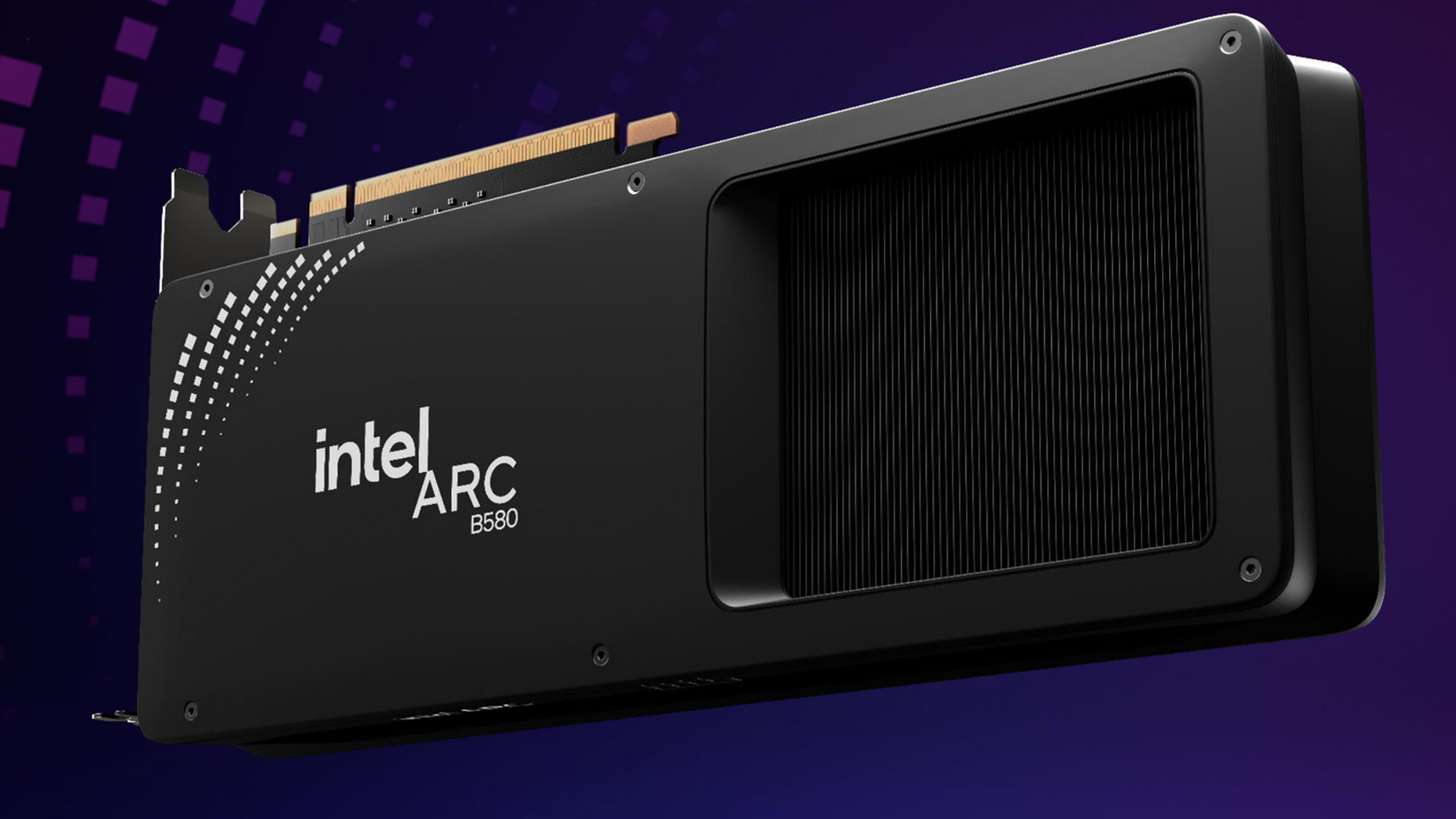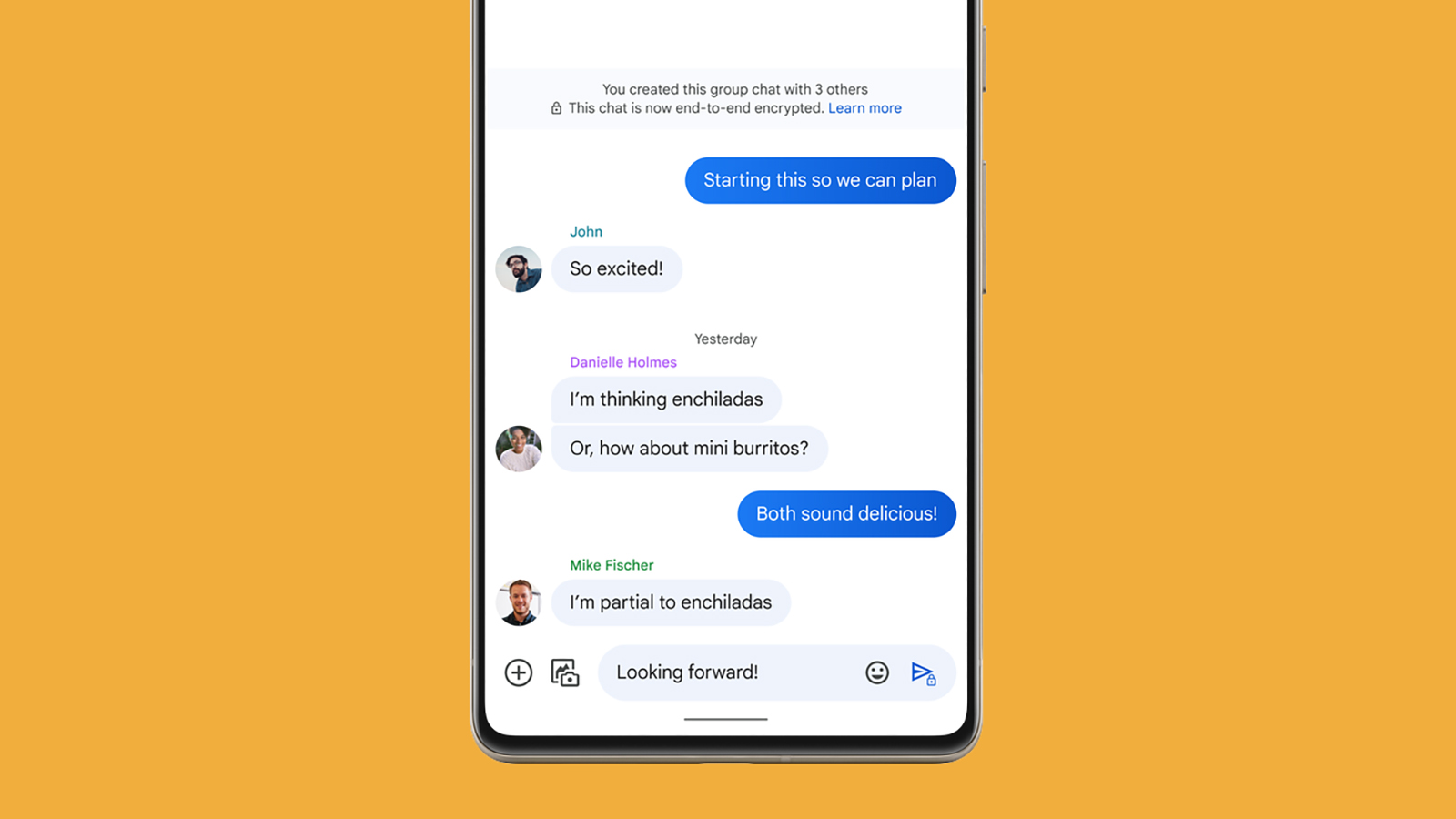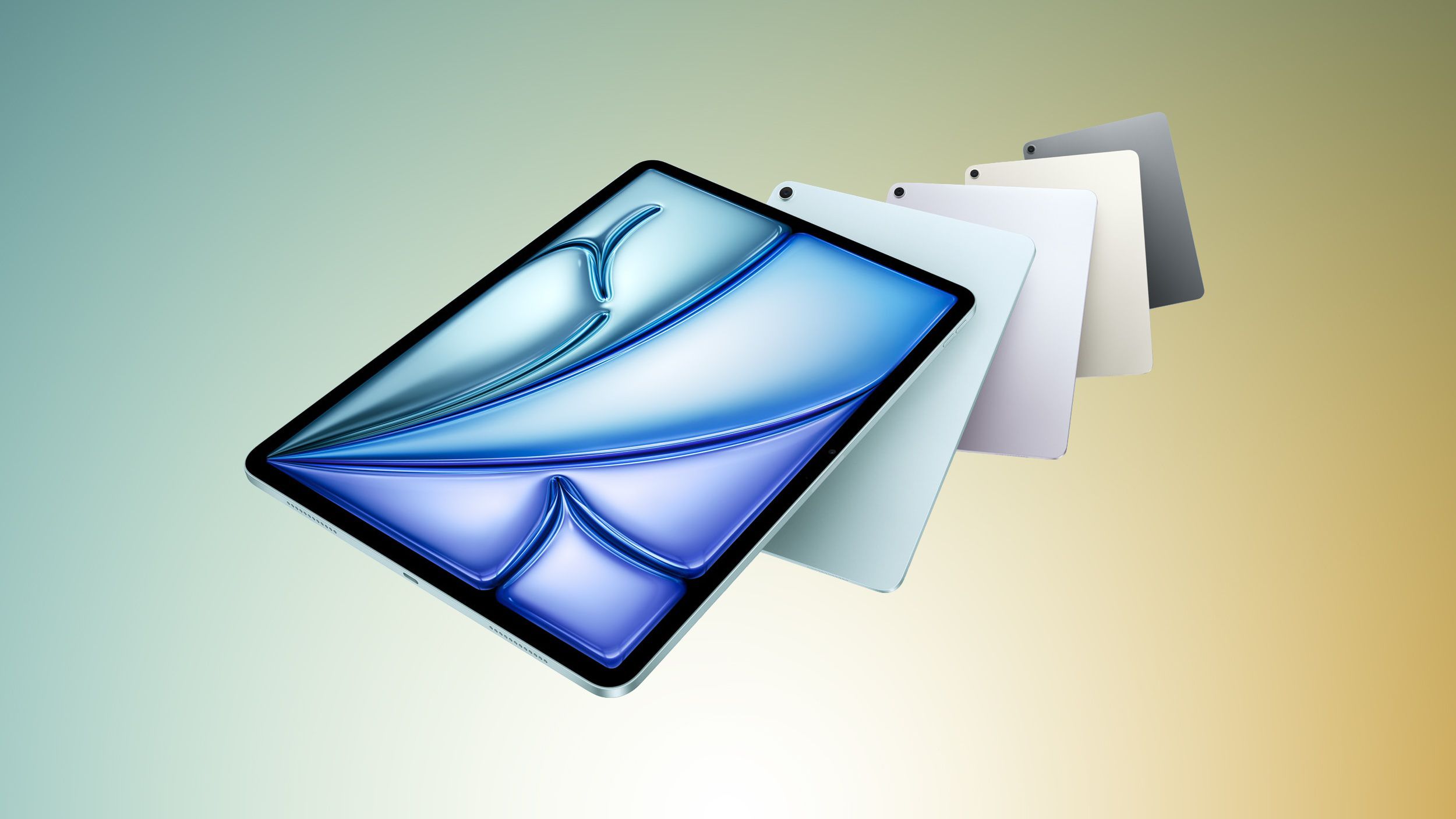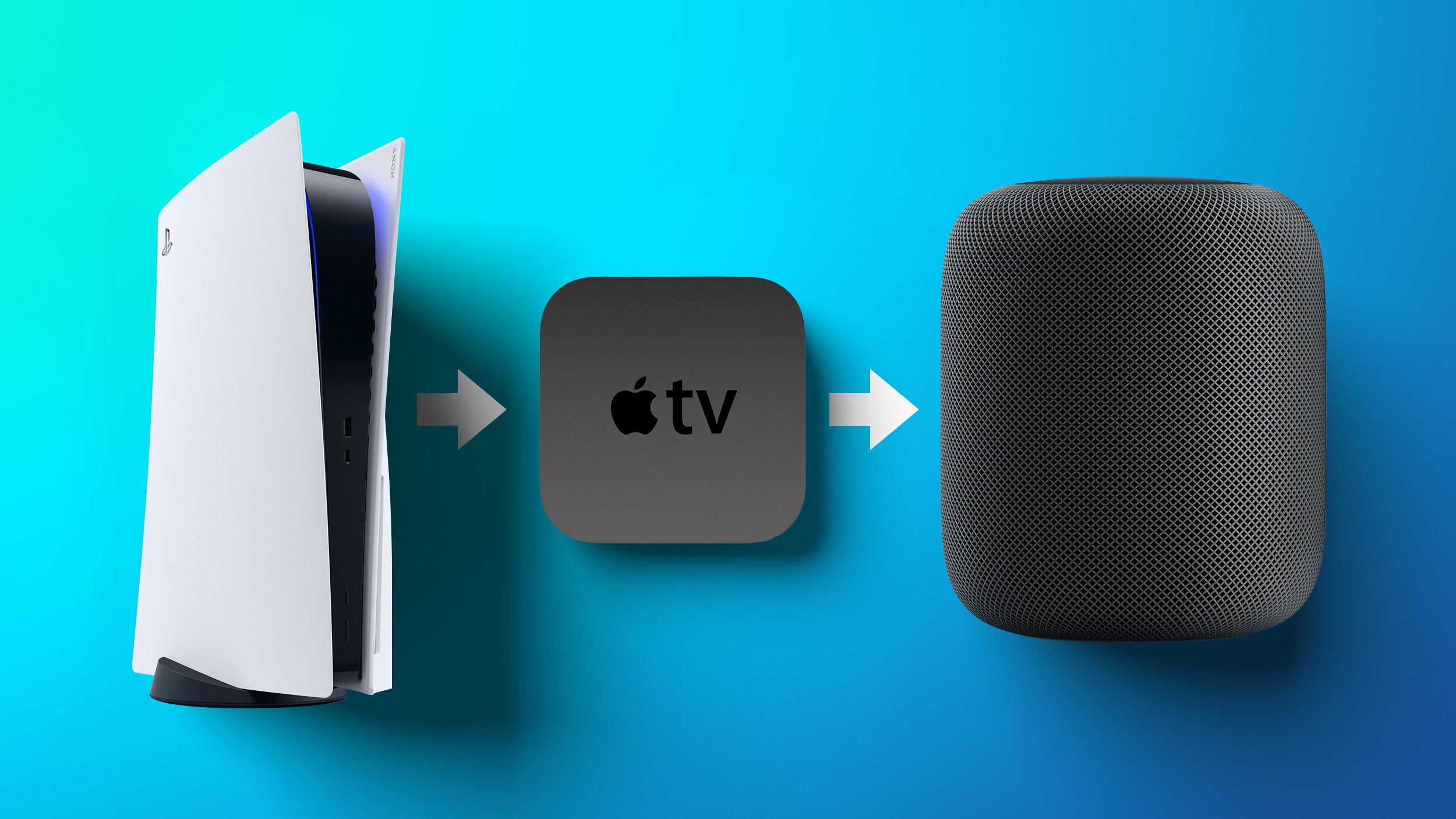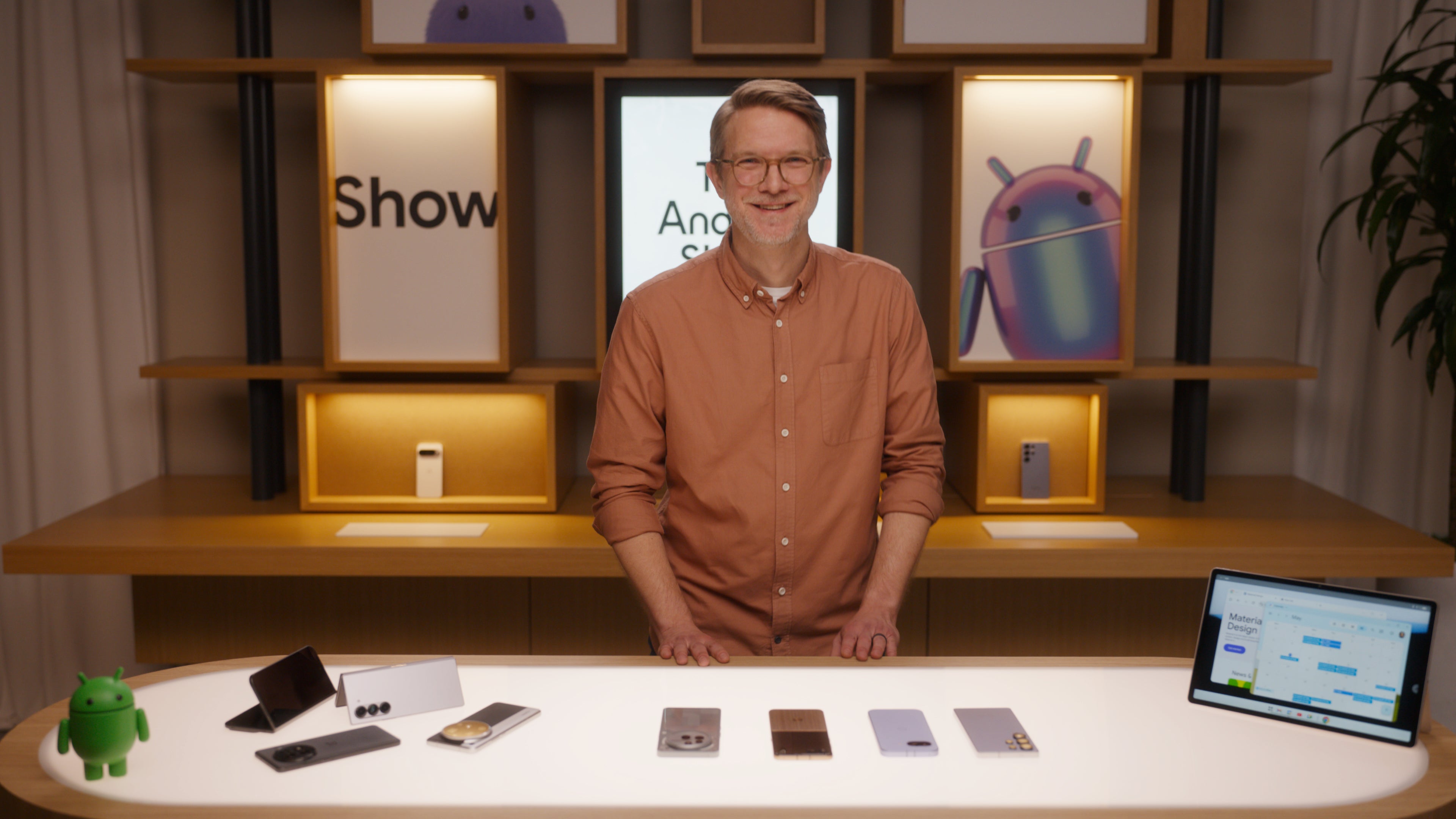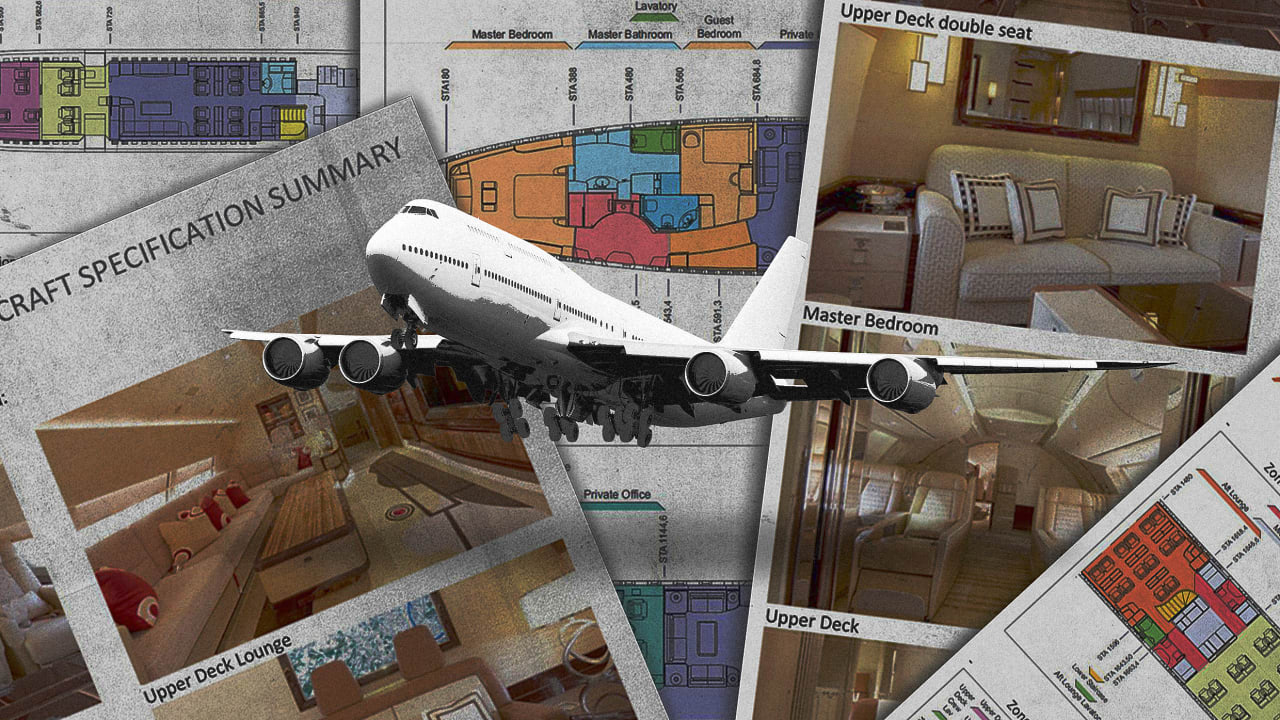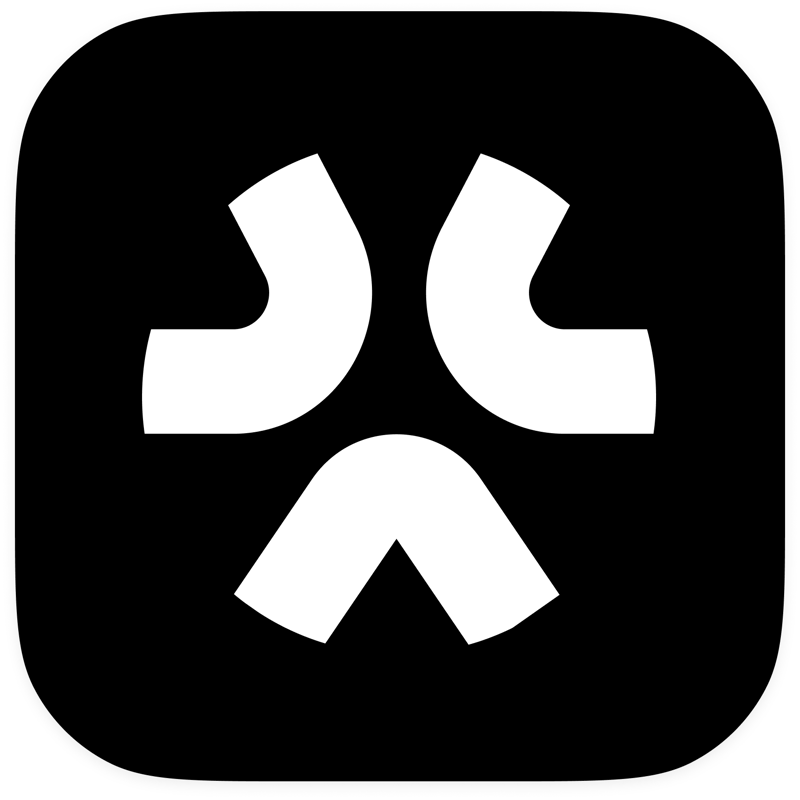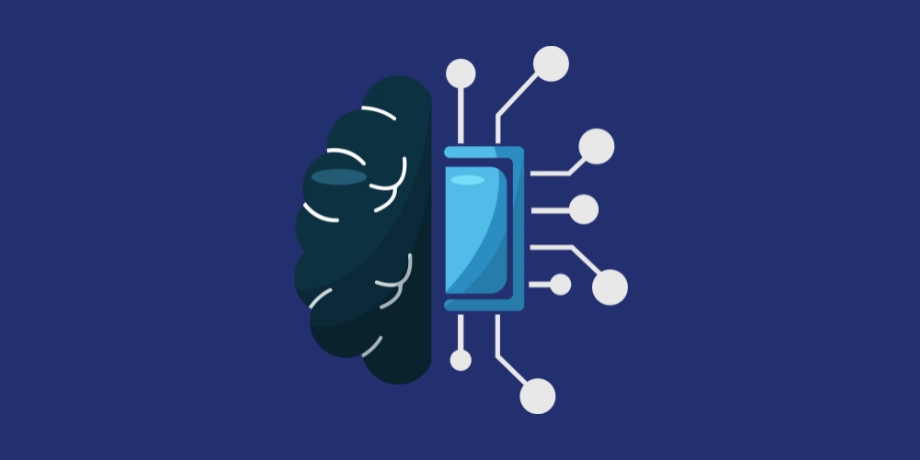C Programming Language Tutorial: A Beginner’s Guide to Coding in C
The C programming language is often considered the foundation of modern computer programming. Developed in the early 1970s by Dennis Ritchie, C has stood the test of time and continues to be widely used in software development, embedded systems, and operating system design. Whether you're planning to pursue a career in software development or simply want to understand how computers work at a fundamental level, learning C can be a game-changing step. In this C Programming Language Tutorial, we’ll explore the essentials of coding in C, explain why it's still relevant today, and guide you through your first steps into the world of programming. Why Learn C Programming Language? There are countless programming languages available today, each with its strengths and use cases. However, the C programming language holds a special place in the world of technology. One of its greatest strengths is its simplicity combined with power. It offers a high degree of control over system resources, making it an ideal language for developing operating systems, hardware drivers, and performance-critical applications. When you learn C programming language, you're not just picking up another language—you’re gaining insight into how software interacts directly with hardware. Concepts like memory management, pointers, and data structures are handled explicitly in C, giving you a deeper understanding that will benefit you no matter which languages you use in the future. The Structure of a C Program Every C program follows a basic structure that includes functions, variables, and statements. While we won’t be diving into code here, it's important to understand the conceptual framework. Programs begin execution from a special function and use a set of rules to process instructions in a logical order. This structure promotes discipline in writing clean, efficient, and understandable code. C also makes use of libraries, which are collections of pre-written functions that can perform specific tasks like input/output operations, mathematical calculations, and more. These libraries enhance the language’s capabilities without requiring programmers to write every function from scratch. Key Concepts You’ll Learn in a C Programming Language Tutorial As a beginner, there are several foundational concepts you'll encounter when working through any C Programming Language Tutorial: 1. Data Types and Variables Understanding how to store and manipulate data is central to programming. C provides a range of data types including integers, floating-point numbers, and characters. Variables are used to store data, and each variable must be declared with a type before use. 2. Operators and Expressions C allows you to perform operations using arithmetic, logical, and relational operators. These operators help in writing expressions that control the flow and decision-making within your program. 3. Control Structures Programming is all about logic. Control structures like if statements, loops, and switches allow your program to make decisions and perform repetitive tasks based on specific conditions. 4. Functions Functions are reusable blocks of code that perform specific tasks. Learning how to define and call functions is essential to writing modular and maintainable programs in C. 5. Pointers and Memory Management One of the distinguishing features of C is its use of pointers. A pointer is a variable that holds the memory address of another variable. Mastering pointers gives you direct access to memory and is critical for efficient programming. 6. Arrays and Strings Arrays allow you to store multiple values of the same type in a single variable. Strings, which are arrays of characters, are essential for handling text in C programs. Practical Applications of C C is more than just a language you learn in a classroom; it is a tool used to power real-world systems. From operating systems like Linux to embedded systems in medical devices, automobiles, and home appliances, C remains at the heart of countless technologies. Many modern programming languages, such as C++, Java, and Python, have been influenced by C. Having a strong foundation in C can make it easier to pick up these other languages later. Getting Started on Your Learning Journey To learn C programming language, start with the basics and gradually build up your skills. Focus on understanding the core principles rather than memorizing syntax. Practice regularly, solve simple problems, and read others’ code to see how different concepts are applied in real scenarios. Remember, learning any programming language takes time and patience. Don’t be discouraged by initial difficulties. With consistent effort and curiosity, you'll find yourself gaining confidence and fluency in coding. Final Thoughts This C Programming Language Tutorial is just the beginning of your journey

The C programming language is often considered the foundation of modern computer programming. Developed in the early 1970s by Dennis Ritchie, C has stood the test of time and continues to be widely used in software development, embedded systems, and operating system design. Whether you're planning to pursue a career in software development or simply want to understand how computers work at a fundamental level, learning C can be a game-changing step.
In this C Programming Language Tutorial, we’ll explore the essentials of coding in C, explain why it's still relevant today, and guide you through your first steps into the world of programming.
Why Learn C Programming Language?
There are countless programming languages available today, each with its strengths and use cases. However, the C programming language holds a special place in the world of technology. One of its greatest strengths is its simplicity combined with power. It offers a high degree of control over system resources, making it an ideal language for developing operating systems, hardware drivers, and performance-critical applications.
When you learn C programming language, you're not just picking up another language—you’re gaining insight into how software interacts directly with hardware. Concepts like memory management, pointers, and data structures are handled explicitly in C, giving you a deeper understanding that will benefit you no matter which languages you use in the future.
The Structure of a C Program
Every C program follows a basic structure that includes functions, variables, and statements. While we won’t be diving into code here, it's important to understand the conceptual framework. Programs begin execution from a special function and use a set of rules to process instructions in a logical order. This structure promotes discipline in writing clean, efficient, and understandable code.
C also makes use of libraries, which are collections of pre-written functions that can perform specific tasks like input/output operations, mathematical calculations, and more. These libraries enhance the language’s capabilities without requiring programmers to write every function from scratch.
Key Concepts You’ll Learn in a C Programming Language Tutorial
As a beginner, there are several foundational concepts you'll encounter when working through any C Programming Language Tutorial:
1. Data Types and Variables
Understanding how to store and manipulate data is central to programming. C provides a range of data types including integers, floating-point numbers, and characters. Variables are used to store data, and each variable must be declared with a type before use.
2. Operators and Expressions
C allows you to perform operations using arithmetic, logical, and relational operators. These operators help in writing expressions that control the flow and decision-making within your program.
3. Control Structures
Programming is all about logic. Control structures like if statements, loops, and switches allow your program to make decisions and perform repetitive tasks based on specific conditions.
4. Functions
Functions are reusable blocks of code that perform specific tasks. Learning how to define and call functions is essential to writing modular and maintainable programs in C.
5. Pointers and Memory Management
One of the distinguishing features of C is its use of pointers. A pointer is a variable that holds the memory address of another variable. Mastering pointers gives you direct access to memory and is critical for efficient programming.
6. Arrays and Strings
Arrays allow you to store multiple values of the same type in a single variable. Strings, which are arrays of characters, are essential for handling text in C programs.
Practical Applications of C
C is more than just a language you learn in a classroom; it is a tool used to power real-world systems. From operating systems like Linux to embedded systems in medical devices, automobiles, and home appliances, C remains at the heart of countless technologies.
Many modern programming languages, such as C++, Java, and Python, have been influenced by C. Having a strong foundation in C can make it easier to pick up these other languages later.
Getting Started on Your Learning Journey
To learn C programming language, start with the basics and gradually build up your skills. Focus on understanding the core principles rather than memorizing syntax. Practice regularly, solve simple problems, and read others’ code to see how different concepts are applied in real scenarios.
Remember, learning any programming language takes time and patience. Don’t be discouraged by initial difficulties. With consistent effort and curiosity, you'll find yourself gaining confidence and fluency in coding.
Final Thoughts
This C Programming Language Tutorial is just the beginning of your journey into the world of software development. Learning C equips you with a strong technical foundation and helps you think logically and analytically. Whether you’re aiming to become a software engineer, develop your own applications, or simply expand your knowledge, C is a timeless and valuable language to learn.
So take the first step, stay curious, and enjoy the process of learning one of the most influential programming languages in history.













































































































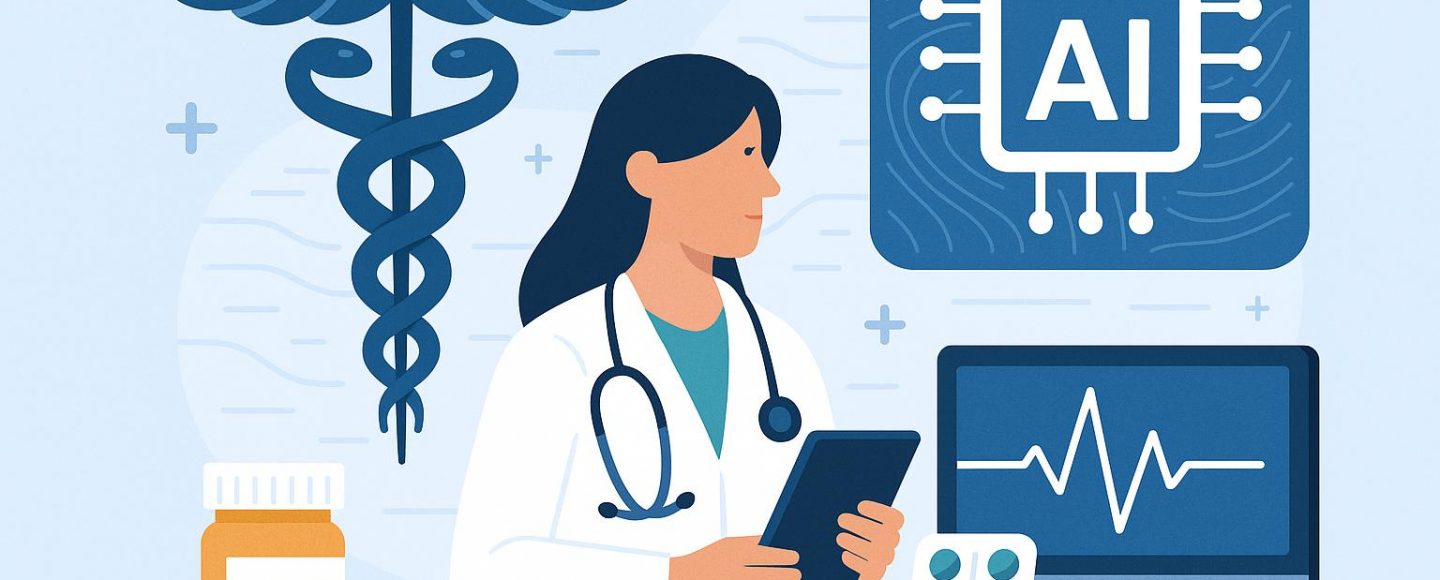























































![[The AI Show Episode 147]: OpenAI Abandons For-Profit Plan, AI College Cheating Epidemic, Apple Says AI Will Replace Search Engines & HubSpot’s AI-First Scorecard](https://www.marketingaiinstitute.com/hubfs/ep%20147%20cover.png)




















































































































































































































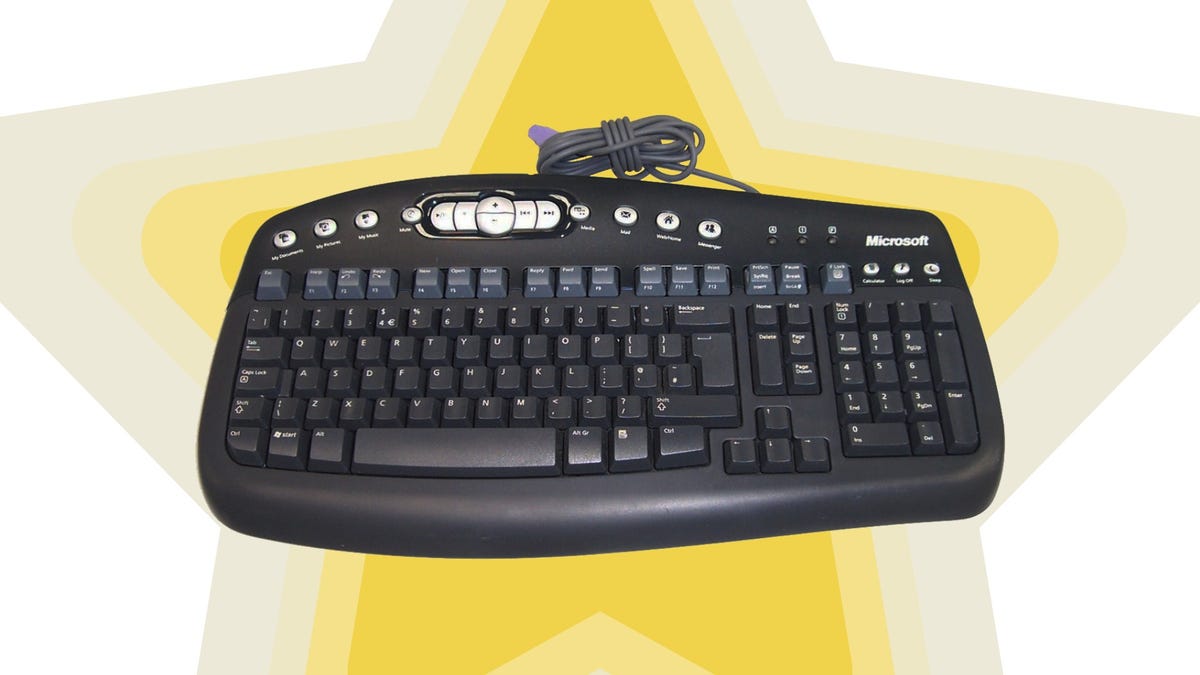
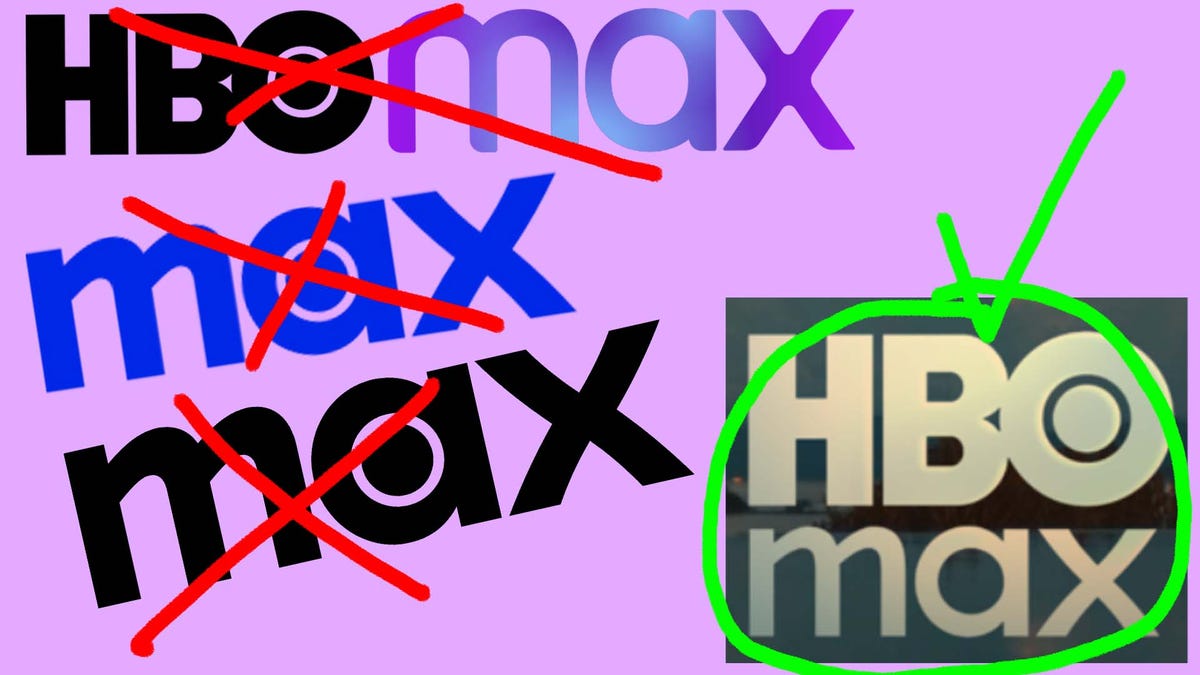

































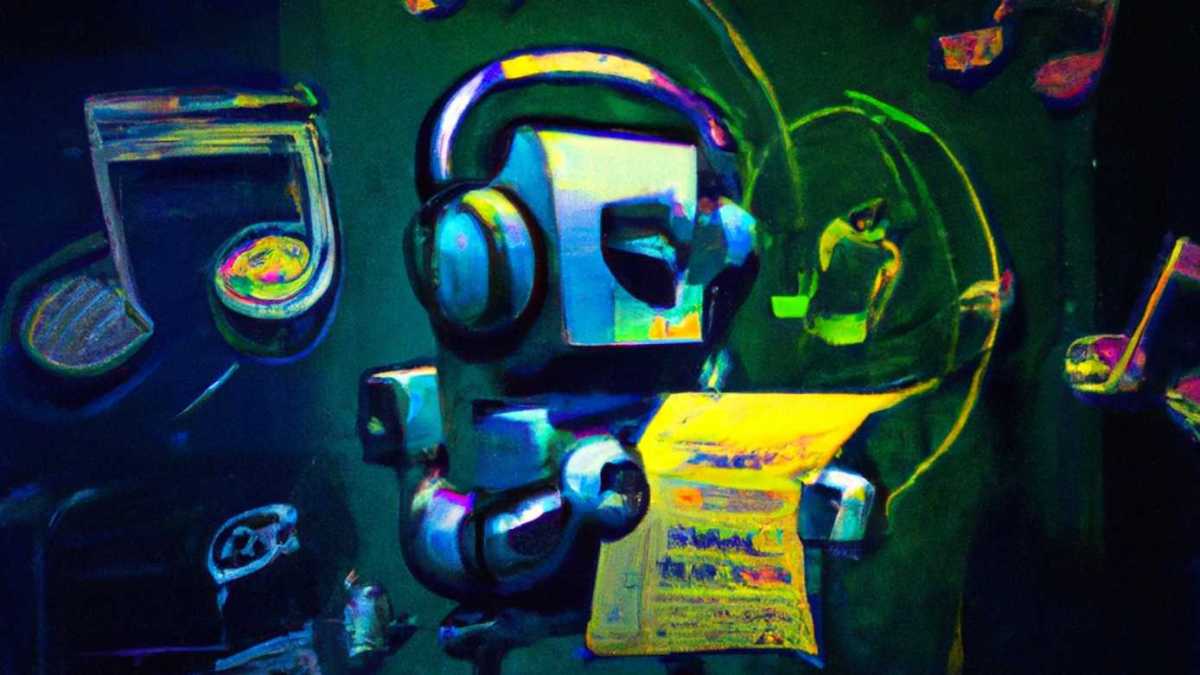









_Gang_Liu_Alamy.jpg?width=1280&auto=webp&quality=80&disable=upscale#)
































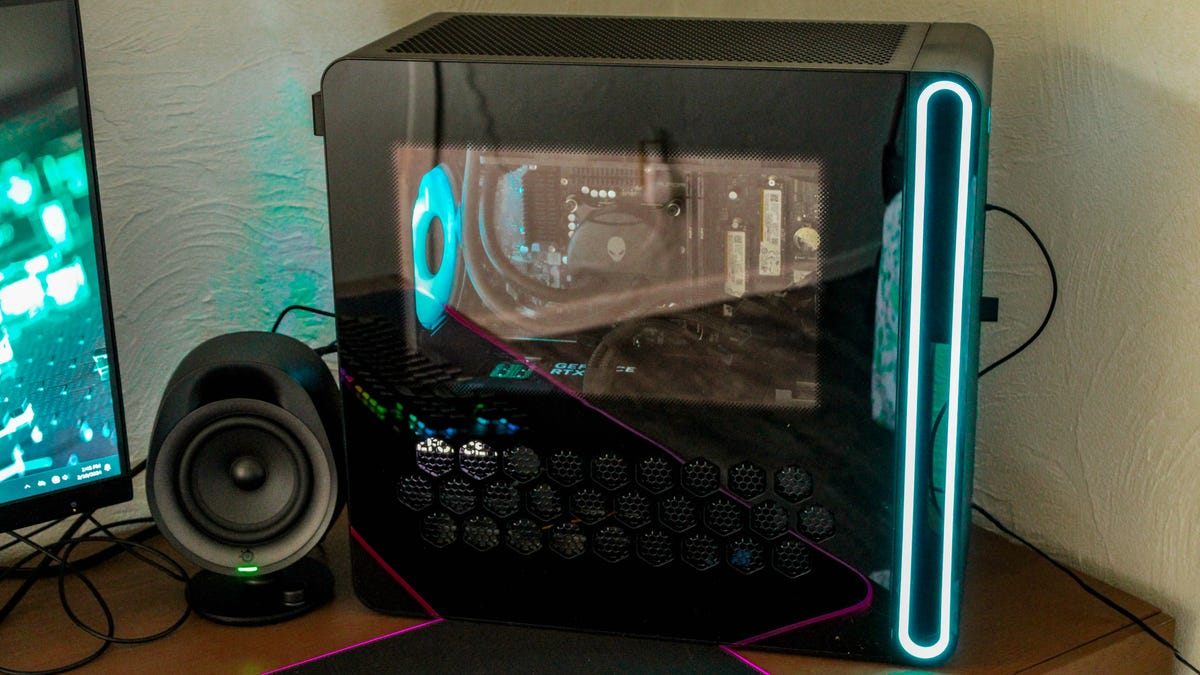
















































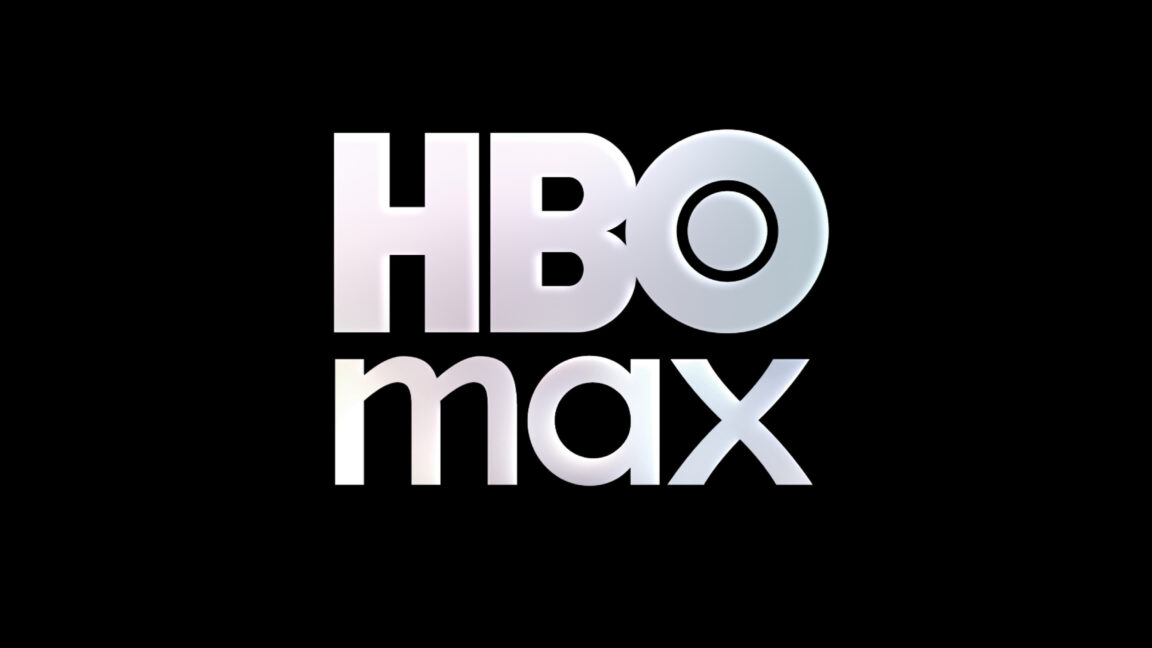


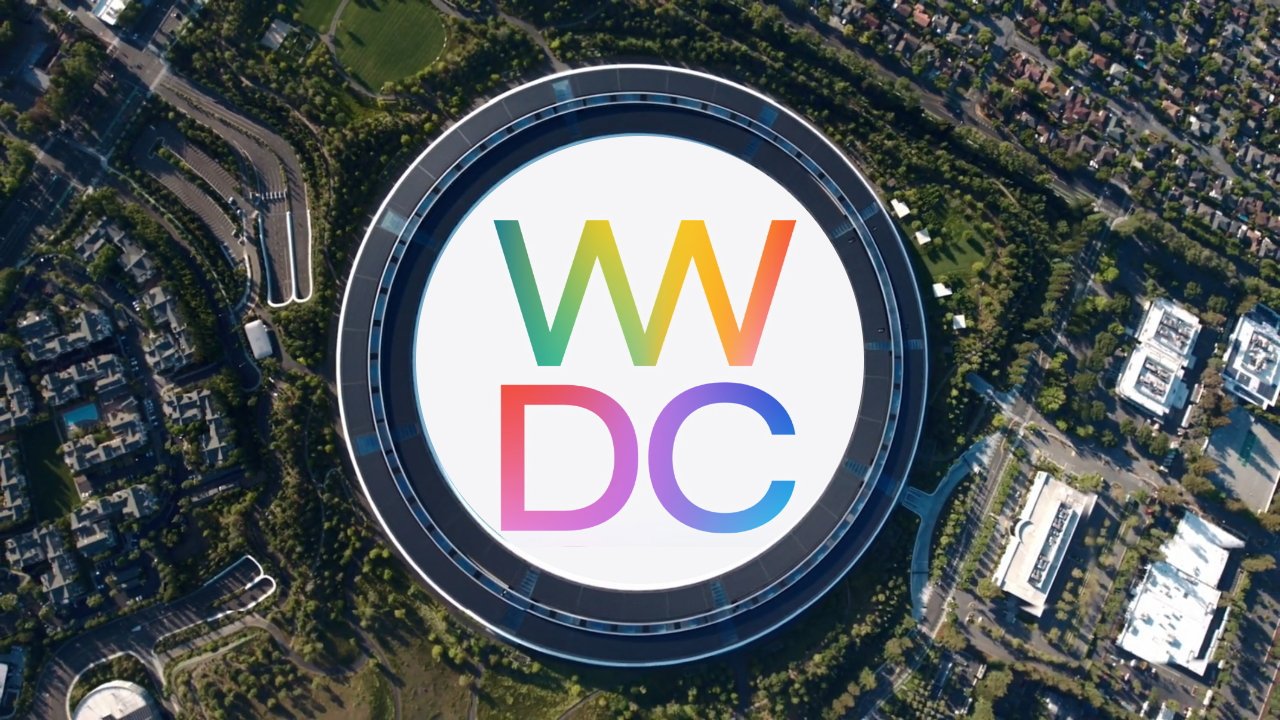

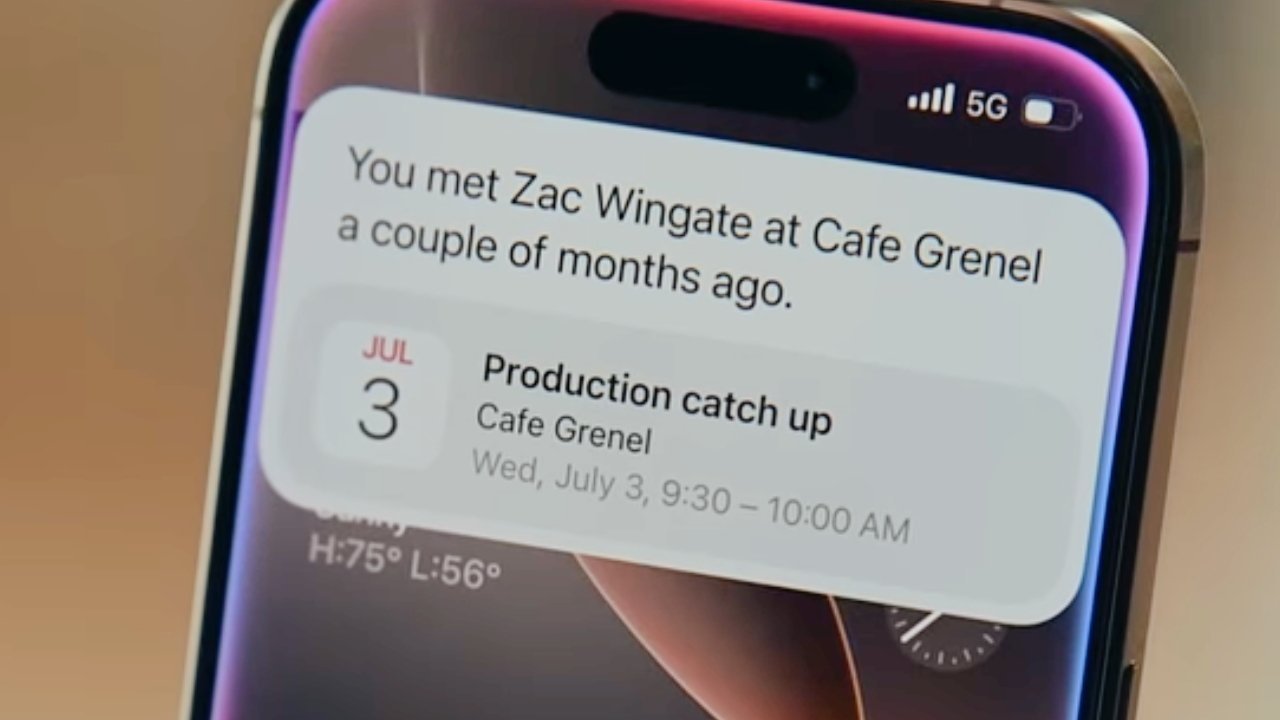

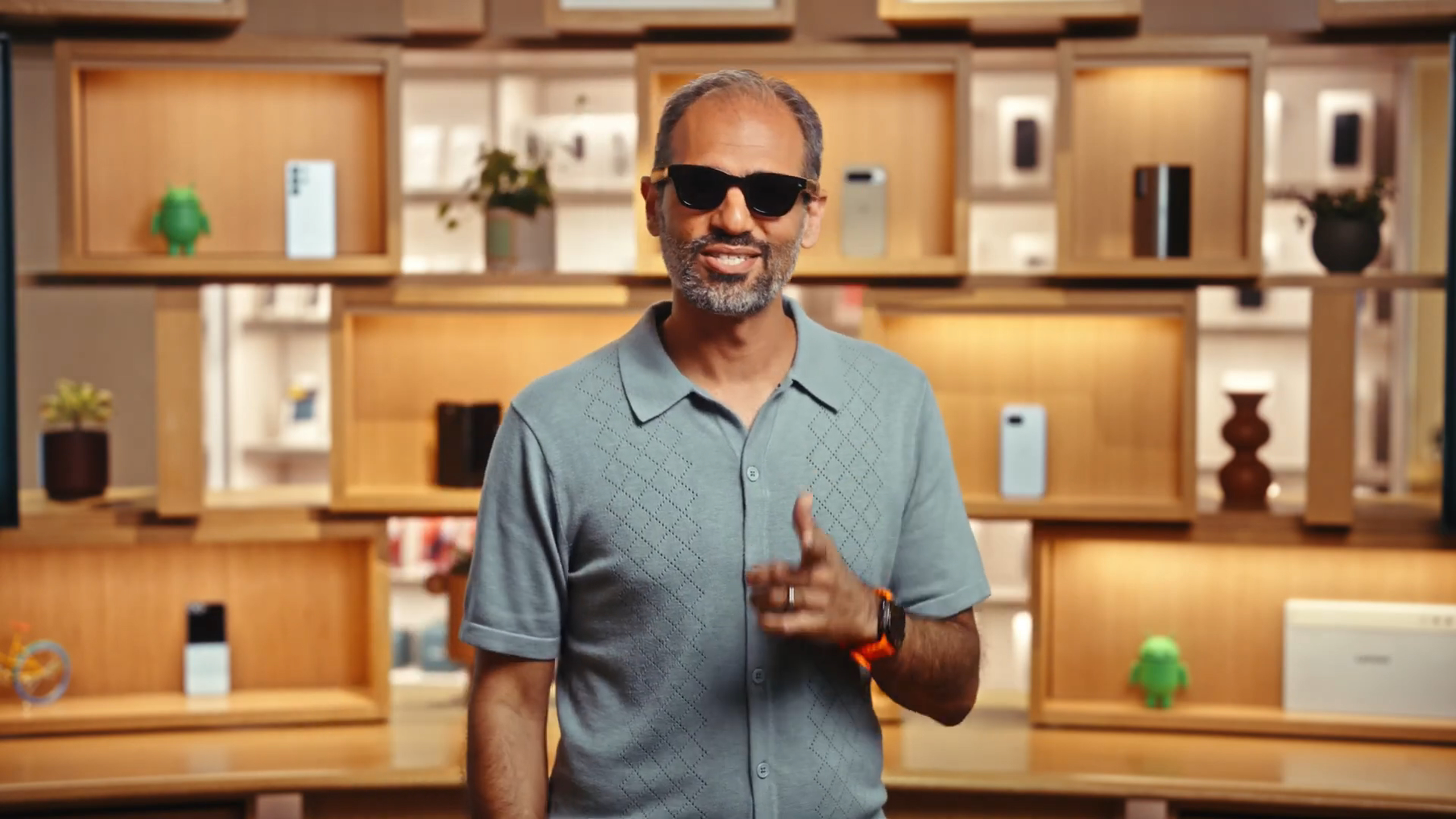





















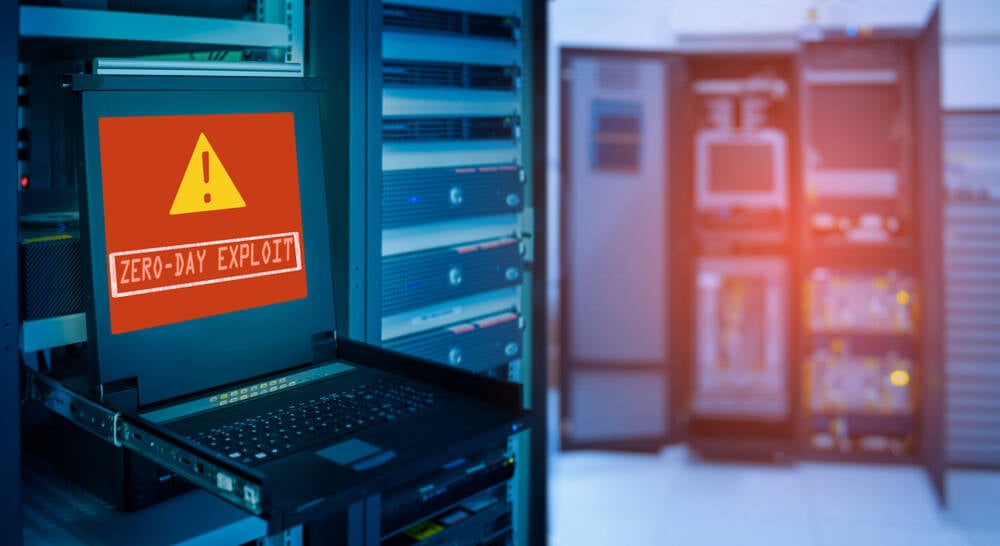
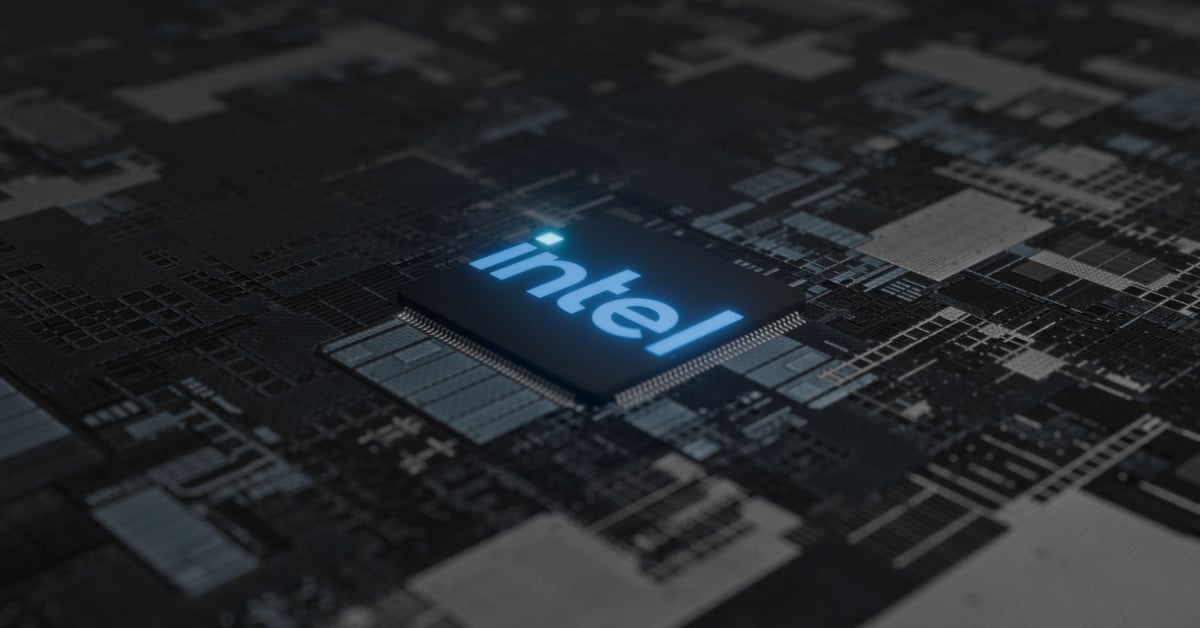

![Apple's 20th Anniversary iPhone May Feature Bezel-Free Display, AI Memory, Silicon Anode Battery [Report]](https://www.iclarified.com/images/news/97323/97323/97323-640.jpg)

![Apple Planning Bezel-Free iPhone With 'Four-Sided Bending' Display [Report]](https://www.iclarified.com/images/news/97321/97321/97321-640.jpg)
















